A similar confusion can occur in a co-taught classroom. Two teachers, often with years of solo experience, must find a way to share or divide responsibilities to achieve the best student outcomes. This process is complicated by a number of factors, such as:
- Ego
- Philosophy of education
- Values
- Personal and Professional Goals
- Cognitive Style
- Sense of Time
Explicit communication about roles and responsibilities is essential to success. Partners who fail to engage in this discussion often report frustration over a lack of parity.
The Co-Teaching Responsibility Checklist offers partners a structure for discussing the many responsibilities that arise throughout the instructional cycle. Decisions reached by using this structured checklist are not lodged in cement, but can be reexamined as the year progresses. Teams can adapt this form to add the unique tasks associated with their co-taught class.
For additional information, read Co-Teaching that Works: Strucutes and Strategies for Maximizing Student Learning, or attend an upcoming seminar sponsored by www.ber.org
Upcoming seminar cities include:
March 16 Rochester, NY
March 17 Newark, NJ
March 18 Long Island, NY
March 19 Burlington, VT
March 20 Detroit, MI
April 20 Atlanta, GA
April 21 Houston, TX
April 22 Dallas, TX
April 23 Tulsa, OK
April 24 Phoenix, AZ
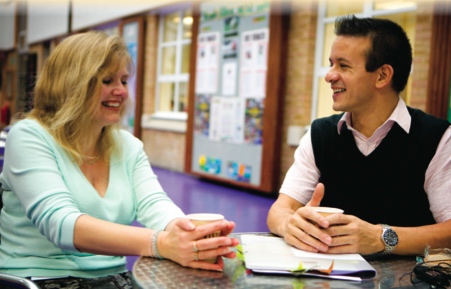
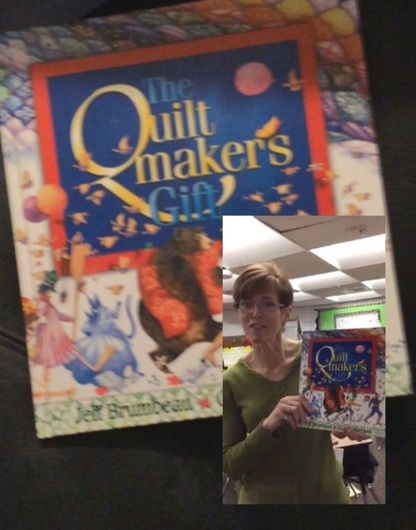
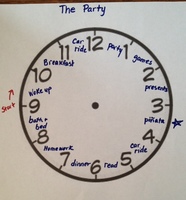
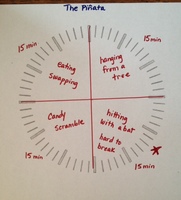

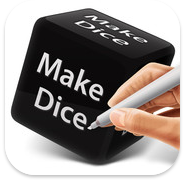

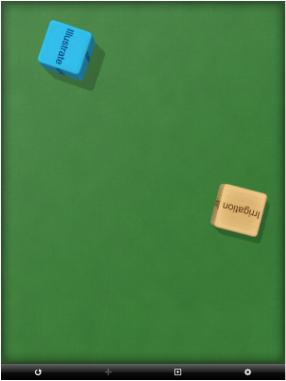
 RSS Feed
RSS Feed